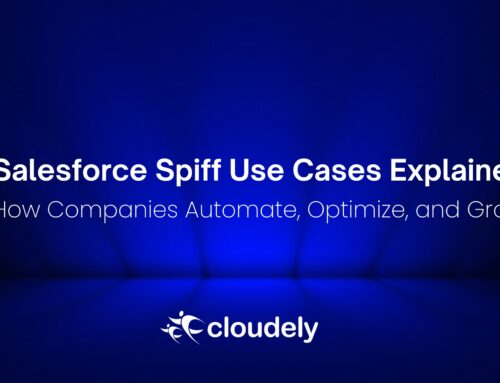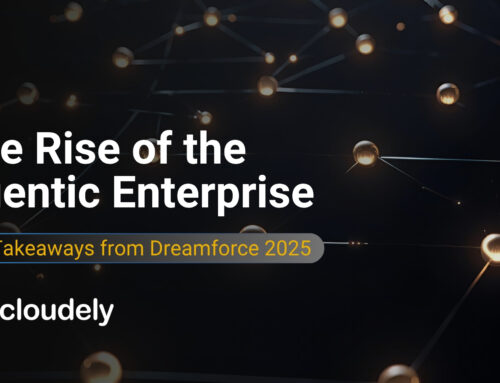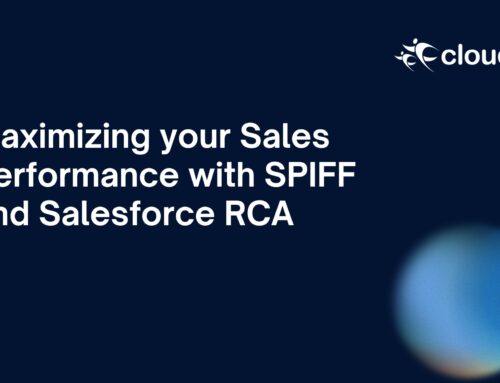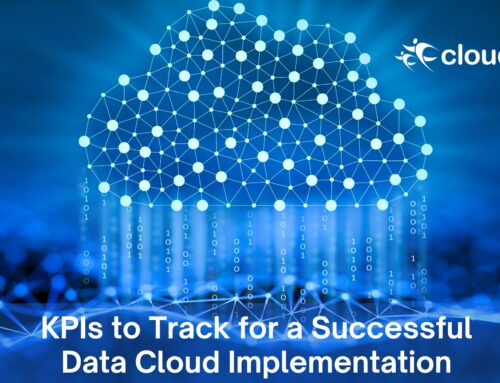Migrating from Salesforce CPQ to Salesforce Revenue Cloud Advanced (RCA) is a strategic move done to enhance revenue operations by integrating quoting, billing, contract management, and revenue recognition into a truly unified system. Successful migration requires a structured, multi-step approach and careful avoidance of common pitfalls. Here’s your top ten to help ensure success. Please note, some are items NOT to do!
Point 1: Assess Your CPQ Setup
Begin with a thorough evaluation of the current Salesforce CPQ environment, including products, pricing rules, contracts, approvals, and integrations with ERP or billing systems. Document workflows and performance metrics to identify dependencies and limitations of the existing setup.
Point 2: Define Revenue Goals
Clarify business objectives such as automating billing, support for usage-based pricing, improving contract lifecycle management, and ensuring compliance with revenue recognition standards like ASC 606 or IFRS 15. Doing so helps align these goals early to drive the details of the migration strategy.
Point 3: Map CPQ Data to RCA Structures
Execute detailed data mapping and transformation from CPQ objects (products, quotes, subscriptions) to RCA objects (product catalog, contracts, billing engine). Be sure to clean and validate data to maintain integrity throughout the migration.
Point 4: Configure RCA Modules
Set up RCA modules according to defined revenue models (subscription, usage-based, or hybrid). Be sure to configure revenue recognition rules, integrate payment gateways and enable AI-powered forecasting tools like Einstein Analytics.
Point 5: Test and Validate
Perform sandbox migrations to verify the accuracy of data transfer and functionality. Conduct User Acceptance Testing across sales, finance, and operations teams to confirm workflows and automation behave as expected.
Point 6: Train Teams for Adoption
Offer role-based training, and customize dashboards for different users to facilitate smooth adoption. Training is crucial as RCA introduces new concepts and processes that differ significantly from CPQ.
Point 7: Go Live and Optimize
Deploy RCA in phases, starting with pilot programs before a full rollout. Post-deployment, be sure to continuously monitor automation performance, revenue KPIs, and system integrations to identify optimization opportunities.
Point 8: Don’t simply take the CPQ rules and recreate them
RCA uses a different rules engine with Constraint Rules, Product Rules, and Script methods that do not mirror legacy CPQ rules directly. Instead of copying old rules, reevaluate and redesign your business logic to fit RCA’s rule framework.
Do Not Skip Data Model Redesign
RCA employs new configuration and pricing object models. Avoid relying on the old CPQ data structure; redesign product catalogs and pricing to align with RCA requirements for scalability and flexibility. 2 ↗ (https://lanefour.com/salesforce-admin/top-5-things-not-to-do-when-migrating-from-cpq-to-rca/).
Avoid Overlooking Integrations and Dependencies
Detailed assessment and testing of integrations with ERP, billing, and finance systems is mandatory to ensure end-to-end revenue process continuity. 1 ↗ (https://demandblue.com/cpq-to-revenue-lifecycle-management-migration/) 4 ↗ (https://www.grazitti.com/blog/7-step-cpq-to-salesforce-rca-formerly-rlm-migration-plan/).
Neglecting Organizational Change Management
Migration impacts processes and user experience. Without proper training and managing change, adoption falters. Plan for stakeholder communication and role-based enablement 6 ↗ (https://www.simplus.com/making-the-move-key-learnings-and-best-practices-when-migrating-from-salesforce-cpq-to-revenue-cloud-advanced/).
Additional Considerations
Automate renewals, billing, and revenue recognition within RLM for operational efficiency
Comply fully with revenue standards (ASC 606/IFRS 15) by configuring rules that automate compliance
Utilize AI-driven revenue forecasting to enhance decision-making
Monitor migration with KPIs and continuously refine workflows post-go-live
This careful, phased approach balanced with thorough redesign and training helps organizations transition smoothly from CPQ to RCA, achieving better revenue visibility, compliance, and operational efficiency. Avoiding simplistic migrations and embracing the architectural differences between the platforms unlocks the true benefits of Salesforce Revenue Cloud Advanced.
This integrated migration framework draws from detailed guides and expert recommendations emphasizing both technical steps and organizational readiness 5 ↗ (https://gettectonic.com/salesforce-cpq-to-rlm-rca-migration-a-7-step-guide-for-success/) 2 ↗ (https://lanefour.com/salesforce-admin/top-5-things-not-to-do-when-migrating-from-cpq-to-rca/) 4 ↗ (https://www.grazitti.com/blog/7-step-cpq-to-salesforce-rca-formerly-rlm-migration-plan/)






